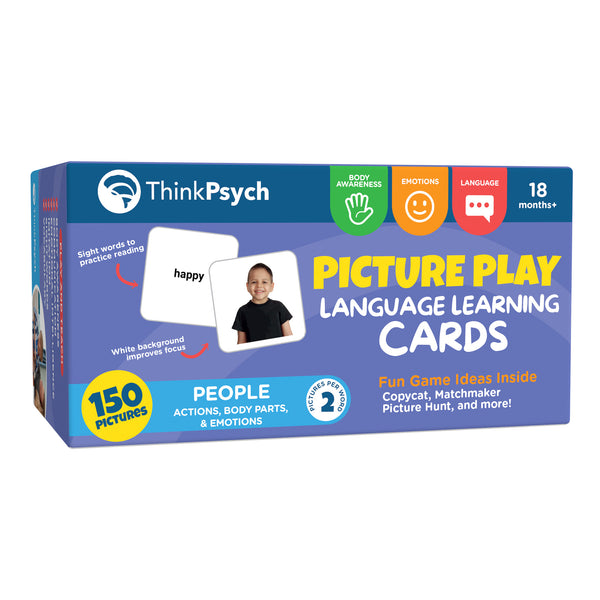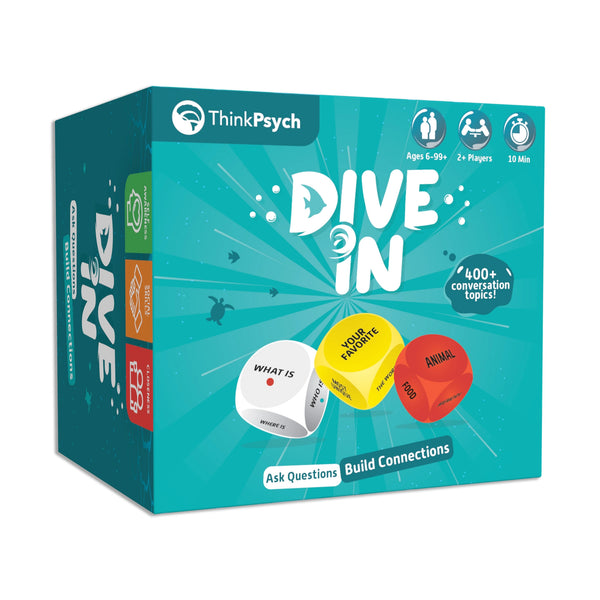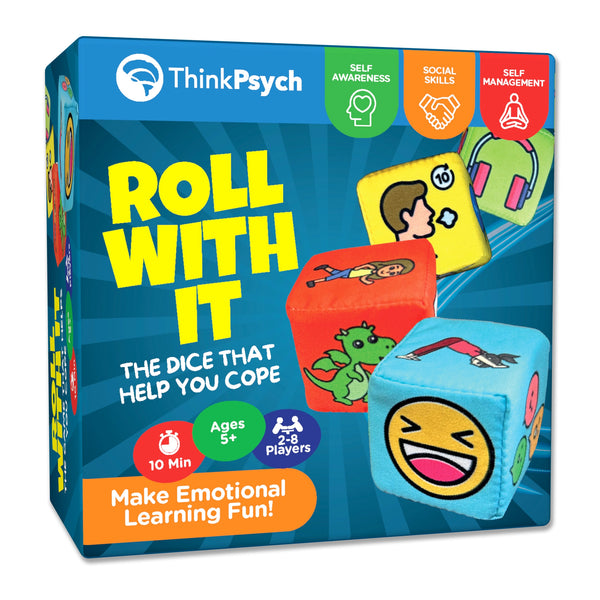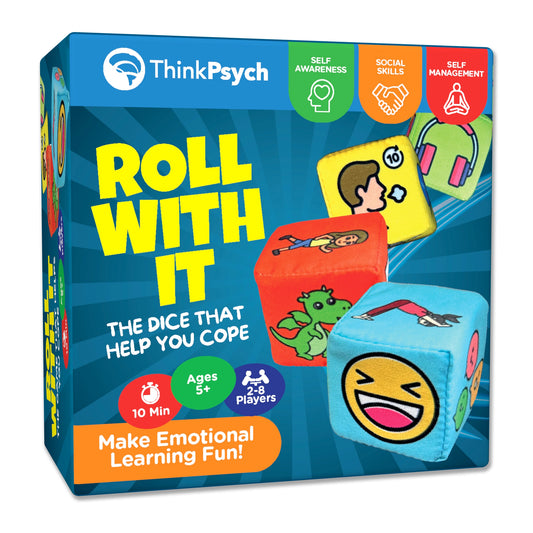
Research Update: Does Stability Ball Seating Help Children With Autism?
Share
Study Title: The Effects of Stability Ball Seating on the Behavior of Children with Autism During Instructional Activities
Full Citation:
Krombach, T., & Miltenberger, R. (2019). The Effects of Stability Ball Seating on the Behavior of Children with Autism During Instructional Activities. Journal of Autism and Developmental Disorders, https://doi.org/10.1007/s10803-019-04283-8.
Link: https://link.springer.com/article/10.1007/s10803-019-04283-8
Introduction (What is this study about?):
Children with ASD can have significant difficulty with paying attention during teaching activities in a typical classroom. Researchers believe that this may be because children with ASD often seek physical activities and staying seated for extended periods of time is difficult. Furthermore, an “optimum” level of arousal is often needed to stay focused. As a result, stability balls have been suggested as a seating option to help children pay attention. Stability balls allow children to engage in minimal physical activity while maintaining an optimum level of arousal required for learning. Studies have previously demonstrated that stability ball seating can be helpful for increasing focus for students with ADHD. However, past studies have shown mixed results for students with ASD. This study was designed to follow up on previous studies and evaluate whether stability ball seating would improve attending and in-seat behavior for children with ASD receiving one-on-one instruction in the home.
Method (What did the study authors do?):
Participants were four male children, ages 4 through 12 who received behavior therapy sessions at home. All students had ASD and intellectual disability disagnoses. All children also had difficult staying seated for more than 5 minutes.
The materials consisted of an inflated stability ball between 45 and 85cm in diameter. The size of the ball was determined by a 90° angle of the child’s knee bend when seated on the ball.
Customer Favorites From Our Store
The target behaviors were in-seat behavior and attending behavior. In-seat behavior was defined as the participant’s buttocks remaining in contact with the ball and the ball remaining in contact with the floor. Attending behavior was defined as the participant being oriented towards the therapist or the appropriate task and materials.
The study design was a multiple baseline across participants. This means that the first participant entered the treatment phase while other students stayed in a baseline. After some completed sessions, the second student entered intervention while the others stayed in baseline. This continued until all four participants received the intervention. This allowed the demonstration of experimental control or the efficacy of the intervention.
Data was collected for 15-20 weeks.
Results (What did the study find?):
- All four participants dramatically increased their in-seat and attending behaviors using the stability ball seating. For example, participant 1 (Alex) increased his in-seat behaviors from 46% during baseline to 99%. His attending behavior increased from 61% to 80%. Results were similar for other participants.
- Attending and in-seat behaviors were stable over time (e.g., continued for 15-20 weeks) and occurred regardless of student age or functioning level.
- Three out of four students demonstrated a preference for the stability ball seating over a regular chair. One student showed a slight preference for a regular chair.
- Therapists and parents gave mixed ratings of the stability ball seating intervention. Parents averaged higher ratings, but many therapists expressed concerns about safety and that the bouncing could be distracting.
Limitations:
- Only four participants were used in this study They were also all male.
- All therapy sessions were conducted in the home and so it is difficult to generalize to the school setting.
Conclusion (What does this mean?):
Stability ball seating appears to be a beneficial intervention for students with Autism for increasing attending and in-seat behaviors. However, this intervention does have some caveats. One important caveat is to consider the risk of injury for students that fall off the ball. In the study, all four of the participants fell off the ball at least once. Two children did it only once and avoided falling off for the remainder of the study. The other two students began falling off the ball to evoke attention or escape work. For one of these students, a base was added to the ball to limit the risk of falling while still permitting bouncing. For the other student, planned ignoring was used to decrease attention-seeking behavior.
The second concern or caveat is that therapists rated the stability ball intervention somewhat poorly. They expressed concern that the bouncing was distracting and possibly dangerous. As a result, this intervention may not be appropriate for all students, therapists, or settings.

























